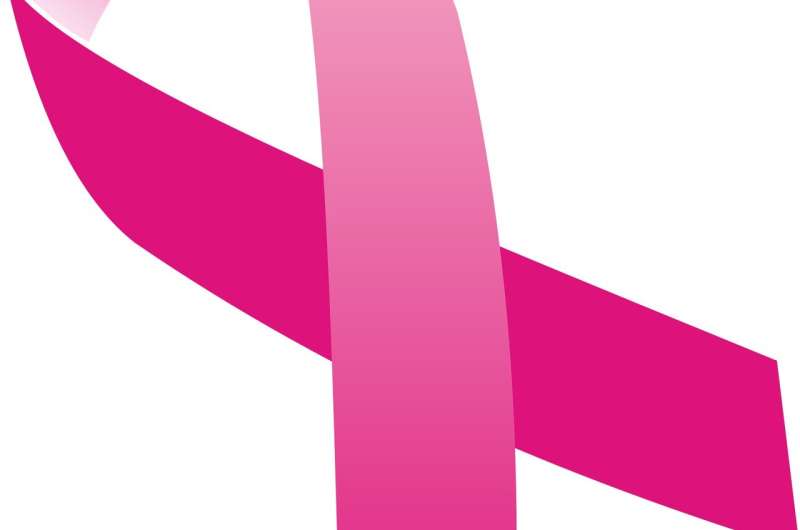Home » Health News »
Lack of health insurance hinders recommended cancer screening in unemployed adults

In a recent study, unemployed individuals were less likely to have health insurance and be up to date on getting recommended cancer screening tests. Analyses revealed that their lack of health insurance coverage completely accounted for their lower screening rates. The findings are published by Wiley online in Cancer.
During the COVID-19 pandemic, unemployment rates in the United States have risen to levels not seen since the Great Depression. To examine associations between unemployment, health insurance, and cancer screening, Stacey Fedewa, Ph.D., of the American Cancer Society, and her colleagues analyzed information from adults under age 65 years who responded to the 2000–2018 National Health Interview Survey, a nationally representative annual survey of the general population.
Unemployed adults were four times more likely to lack insurance than employed adults (41.4% versus 10.0%). A lower proportion of unemployed adults had received up-to-date cervical (78.5% versus 86.2%), breast (67.8% versus 77.5%), colorectal (41.9% versus 48.5%), and prostate (25.4% versus 36.4%) cancer screening. These differences were eliminated after accounting for health insurance coverage.
“People who were unemployed at the time of the survey were less likely to have a recent cancer screening test and they were also less likely to be up-to-date with their cancer screenings over the long term. This suggests that being unemployed at a single point in time may hinder both recent and potentially longer-term screening practices,” said Dr. Fedewa. This can increase a person’s risk of being diagnosed with late-stage cancer, which is more difficult to treat than cancer that is detected at an early stage.
“Our finding that insurance coverage fully accounted for unemployed adults’ lower cancer screening utilization is potentially good news, because it’s modifiable,” Dr. Fedewa added. “When people are unemployed and have health insurance, they have screening rates that are similar to employed adults.”
Source: Read Full Article



